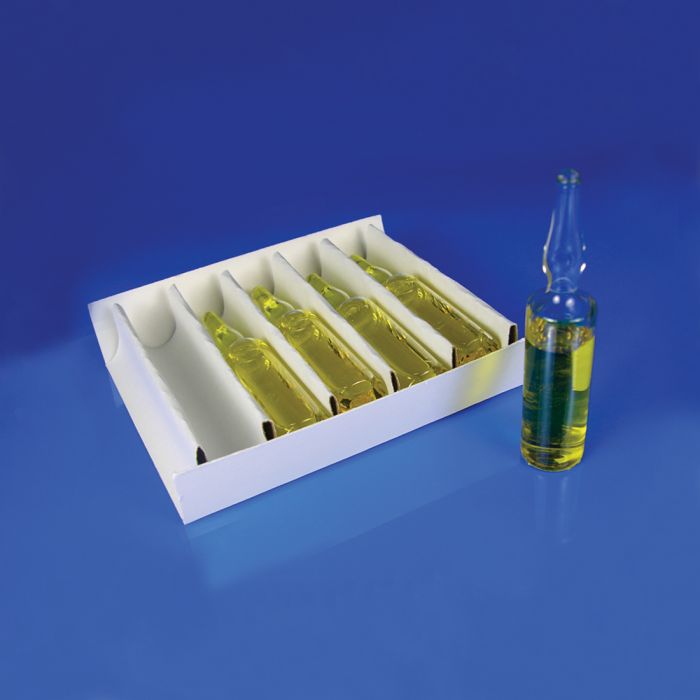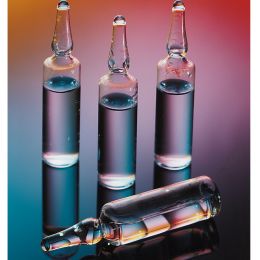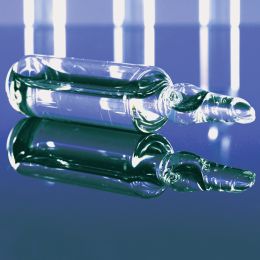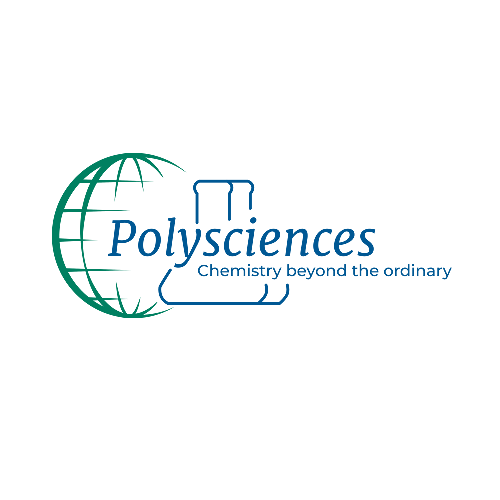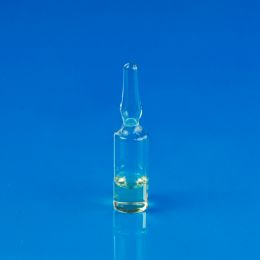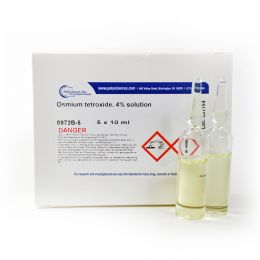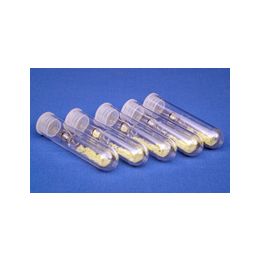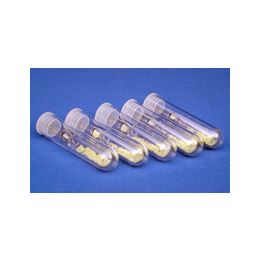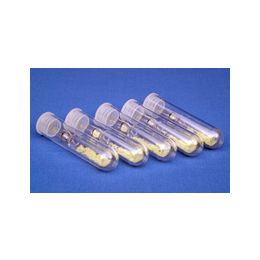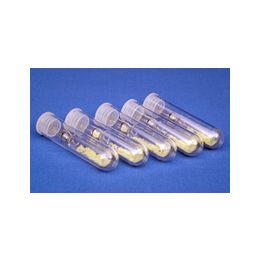Ruthenium tetroxide, 0.5% stabilized aqueous solution
Ready to use RuO4 solution is useful as a staining agent for electron microscopy of polymers, as well as a fixative for biological samples. Ruthenium tetroxide penetrates tissue very slowly, reacting strongly with proteins, glycogen and monosaccharides.
Ruthenium tetroxide in comparison to osmium tetroxide can be used in more aggressive form of staining for the study of polymers by TEM.
Supplied in pre-scored ampoules each with its own ampoule cracker.
Note: Occasionally, black rings may be seen at the tip of the ampoules and are due to oxidation of the vapors during sealing process of ampoules. The black ring present on tip of glass ampoule has no effect on the actual material or end use as confirmed by our 96 hour in-house material testing performed.
Schäfer, C. G., Smolin, D. A., Hellmann, G. P. & Gallei, M. Fully Reversible Shape Transition of Soft Spheres in Elastomeric Polymer Opal Films. Langmuir 29, 11275–11283 (2013). doi:10.1021/la4023695
van der Meulen, J. et al. The use of vibratome sections for the ruthenium tetroxide protocol: a key for optimal visualization of epidermal lipid bilayers of the entire human stratum corneum in transmission electron microscopy. Journal of Microscopy 184, 67–70 (1996). doi:10.1046/j.1365-2818.1996.1070664.x
Watkins, J. J. & Mecarthy, T. J. Polymerization of Styrene in Supercritical CO2-Swollen Poly(chlorotrifluoroethylene). Macromolecules 28, 4067–4074 (1995).
Vitali, R. & Montani, E. Ruthenium tetroxide as a staining agent for unsaturated and saturated polymers. Polymer 21, 1220–1222 (1980). doi:10.1016/0032-3861(80)90091-9
Hayat, M.A., Fixation for Electron Microscopy, Academic Press, NY, 1981, page 194.

